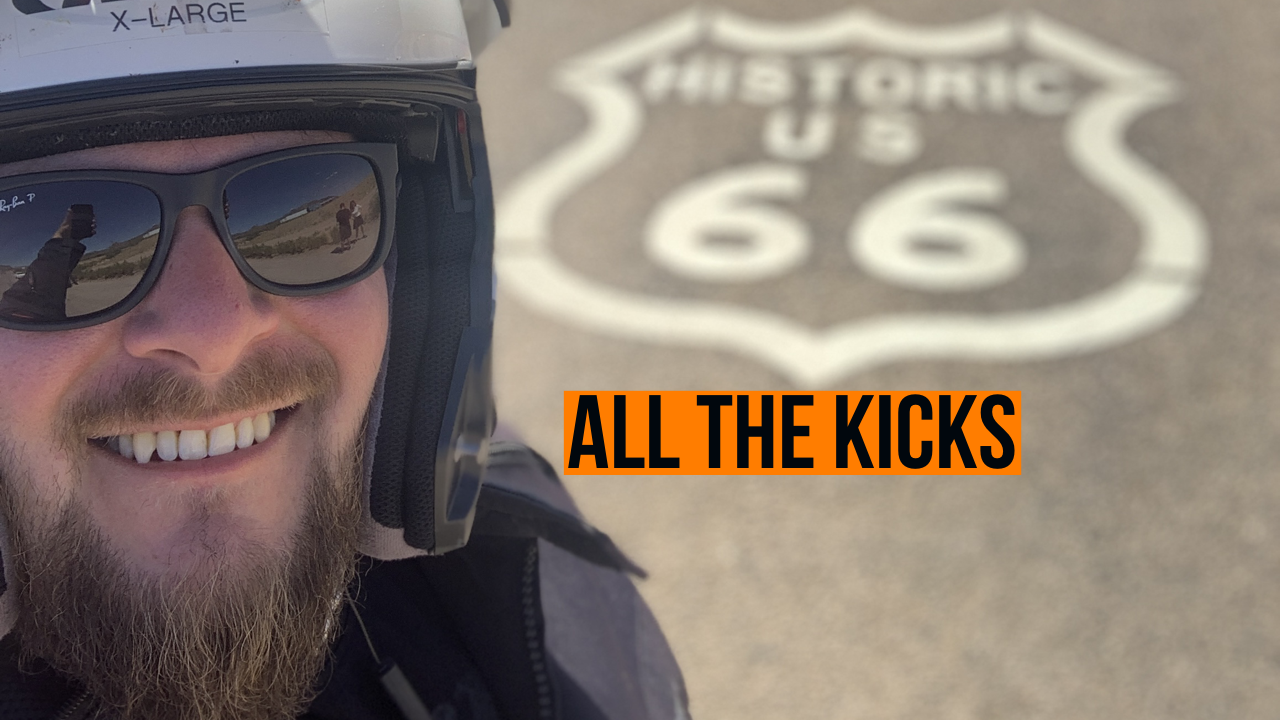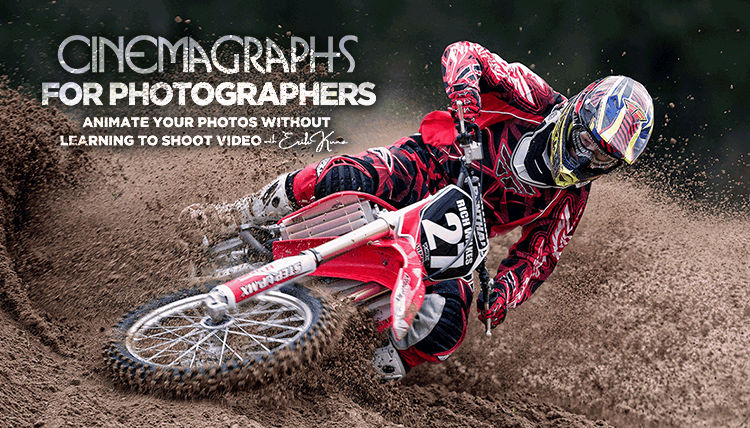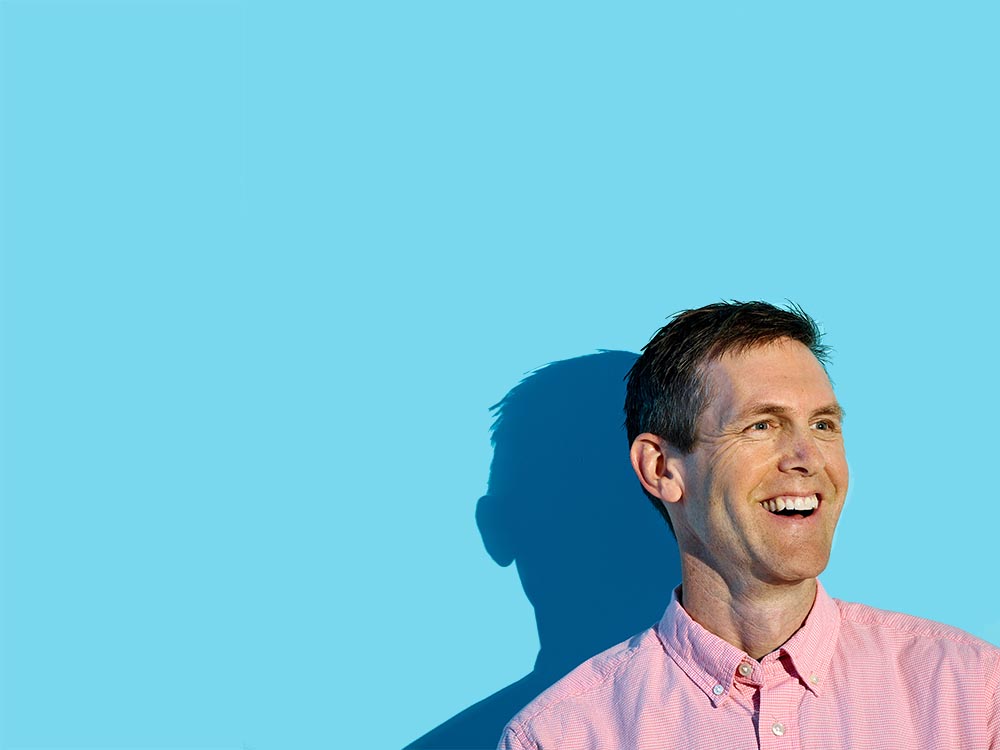
What Does A Food Shoot Cost?
Do you ever get questions like that? How do you answer, “What does a food shoot cost?” When I have a potential client ask me this, I jokingly tell them “It costs about the same amount as a car.”
You can see their wheels turning as they calculate their ideas of what a car might cost. We then engage in some conversation about if they want a $30,000 luxury car or a $1,200 beater like my 17-year-old drives. Maybe it’s somewhere in between.
Out Of Pocket
The real question, and more important for us to understand is, what does a food shoot cost me? Before I can give the client a number, I need to know what my costs are. Most of the out-of-pocket costs associated with a shoot are easy to calculate (generally)…
- First assistant: $500/day
- Digital tech: $500/day
- Food stylist: $950/day
- Food stylist assistant: $450/day
- Groceries: $250
- Production assistant: $350/day
- Prop stylist: $650/day
- Catering and craft services: $500/day
- Retouching: $150/image
- etc, etc…
But what about my time? What about my value? (More on “value” in a future post.) What about my utilities? My insurance? My marketing and advertising, business license and taxes…the list of expenses goes on and on. Needless to say, there are many expenses/costs I need to be aware of, and then calculate into my estimates. But how?
I think we photographers have conveniently forgotten about all these other costs in an effort to try and compete on price. (More on “competing on price” in a future post.) These costs of doing business are substantial and are definitely part of the cost of a shoot. So, how do we account for these costs in our estimates?
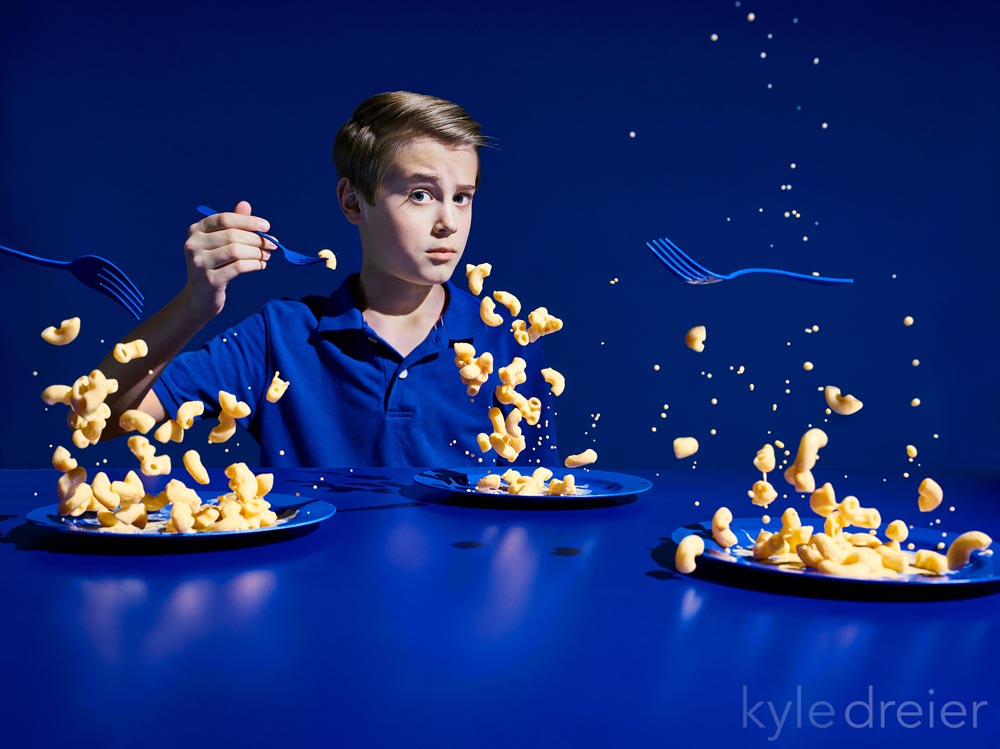
Overhead
Consider overhead. These are our monthly expenses we incur regardless of how many days we’re shooting (or not shooting). Overhead is monthly bills and expenses. Rent, utilities, insurance, etc.
To help me figure out how much to calculate (and charge) for these expenses, I look at the annual total and divide by the number of shoot days—either actual from previous years or a goal for the current year. Let’s say my annual overhead is $100,000 (using round numbers to avoid long division). If I figure I’m going to shoot 100 days this year, then each shoot needs to clear $1,000 to cover my overhead.
Notice I said “clear”, as in, it’s above or more than the other costs of the shoot. This is income that stays in my bank account after I pay my crew and other out-of-pocket expenses in the list above.
Salary
What about our salary? Did I say “salary?” Why yes, I did. We need to be paid. (More on paying ourself a salary in a future post.) Do we need to make $75,000 this year? Then we better make sure we’re adding $750 per day of shooting into our estimates. (I don’t have time or space to talk about “make” vs “take home” salary. We can discuss in greater detail in a future post.)
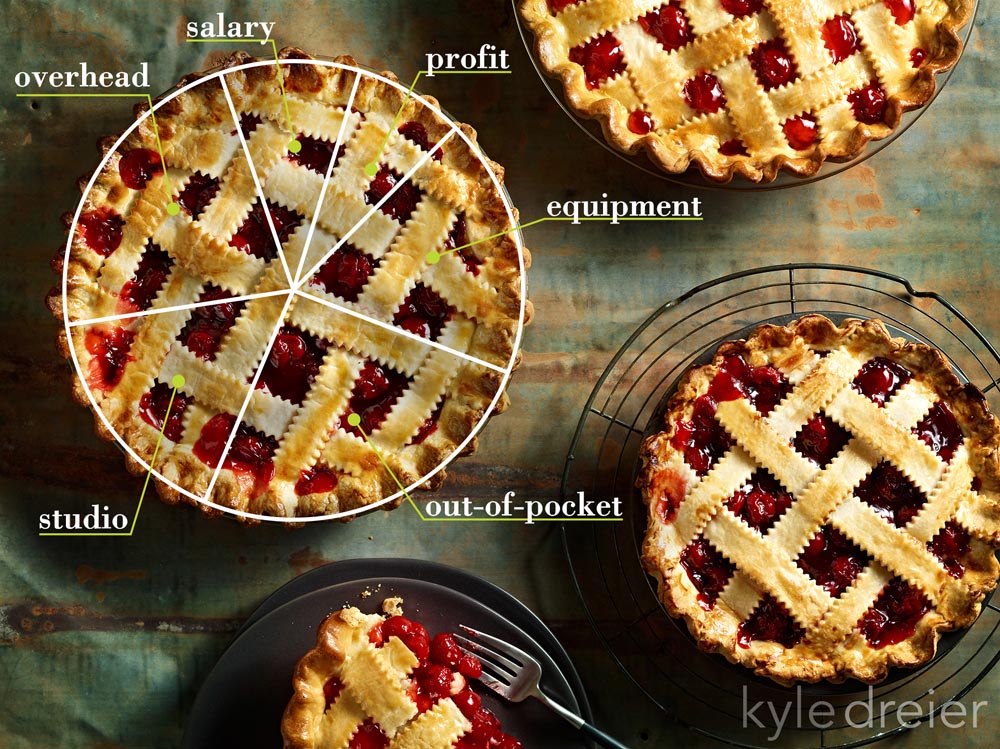
Equipment
But wait, we’re not done yet. Yes, there’s more. More for us to consider. Have you thought about your investment in all your equipment? That’s a lot of money. This is not overhead. Equipment purchases are capital expenditures. You know all too well.
$3,000 for a camera body. $1,900 for a lens. $2,400 for a computer. $4,500 for lighting. You might end up with $30,000 or $55,000 invested in equipment. Then a year or two goes by and it’s time to upgrade a few things here and there. These costs are big and they come at us at different intervals, sometimes without warning.
Where does the money for all our equipment come from? These big capital expenditures need to be covered by our business’s cash reserves. But how? Imagine for a moment that we didn’t own any equipment, how would we get by?
We’d rent equipment, right? If you’re renting equipment, you would show it as one of the out-of-pocket expenses for the client to cover. Not that we need to be in the rental business, but we do need to consider the value of our investments in equipment and recoup the expense of those investments while also capitalizing on the investments.
Ok, that was a mouthful. In a nutshell, we can rent the equipment to ourselves.
I like to show my equipment as an expense on my estimates. There will be pushback from prospective customers. That’s okay. The logic on this is that if I didn’t own equipment I would need to rent it. Because I own it, I need to account for its cost. Additionally, I need to be ready to repair, update, replace equipment. That’s going to take capital. For the client, they’re actually getting a bargain because my equipment line item on estimates is less than half of what the cost to them would have been if we’d rented the equipment from a rental house.
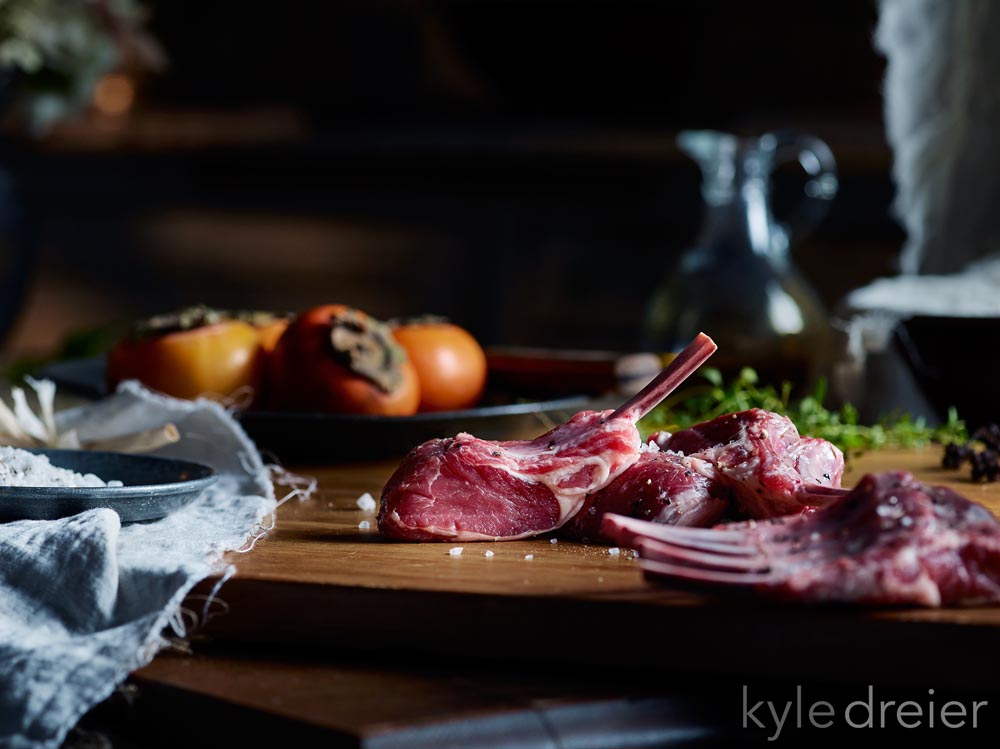
What’s my equipment line on my estimates? It ranges from $550 to $950 per shoot day (depending on the size/demands of the shoot…one set, two sets, DSLR or medium format, natural lighting or strobes, etc). It typically includes medium format cameras and digital backs, lenses, lighting, grip (stands, light modifiers, etc), tech (computers, iPads, hard drives) and incidentals/expendables.
Accounting for our equipment will allow us to build back the cash reserves so when we do have expected or unexpected equipment purchases we’re ready and it doesn’t send us into a stressful cash flow tailspin.
Studio
Hang with me, we’re almost done. There’s something else similar to equipment.
Do you have a studio? This is another big expense to our business (whether we own or rent) that we can account for as a line item on our estimates. Like equipment, this one gets some pushback from potential clients trying to understand why the cost of a food shoot is getting closer to the cost of a luxury SUV.
Like equipment, your studio is an expense that would need to be accounted for if we rented a studio by the day. It is an asset with value and that value is a result of an investment. We need a return on our investment.
There are a few ways to get to a reasonable number for studio fee. What does the market say? If renting a studio by the day in your area is $1,000, then charging the client $1,000 per day sounds reasonable based on the market.

But what’s the cost to you? If rent for your studio is $36,000 per year, then you can use the 100 shoot days to get to a $360 per day studio rental cost. But don’t be short sighted. You may have added value to your studio with buildout…nice client area, commercial kitchen, etc. Those investments have value and you can recoup those in your per day studio fee.
I’ll try not to get long winded here. Suffice it to say, you can look at the life of those investments and divide their cost by the years until replacement to get to a cost per shoot day. Remember, you always need to add a return on investment to your costs. In this scenario, maybe your studio fee is $800 per day…covers your expenses and investments, is a bargain to your clients, and still provides a good return for your business.
Profit
Have we left anything out at this point? Yes. I’m saving the best (and sometimes hardest) for last. There are a few things we photographers tend to ignore. Is it because we think artists don’t need to make a profit? Is it because we are lazy? I think it’s because we get busy, beaten down and forget we’re actually running a business.
Let’s talk about profit. How about we want a $35,000 profit for the year. Reasonable? I think it’s a little low, but let’s roll with it for now. We’ve already established we’re shooting 100 days for the year. To generate the $35,000 profit it ends up being $350 per shoot day. Is it a line on my estimate? Nope.

Daily Rate
All these per day dollar amounts (overhead, salary, profit) can now be added up into a daily rate. (Notice I didn’t say “day rate.” For the record, not that my opinion matters so much, but I do not like the general notion of day rate. In many contracts I’ve seen, “day rate” is a work-for-hire scenario where the photographer gives up all rights to the work he/she has created. More on red-lining contracts in a future post.)
I like to use a daily rate line on my estimates where I can calculate all these costs of doing business by the day. In my estimates, I call it the creative fee. In our example calculations above, it looks like the minimum creative fee for a day of shooting is $2,100 plus the other out-of-pocket expenses.
License Fee
We didn’t even touch on licensing or usage fees. I call it “image fee” on my estimates. (See future somewhat controversial post about time vs. value.) More on that another time.
Recap
So, how’d you do? I know it’s a lot to consider. I hope you’ve figured out by now it could be a food shoot, or a lifestyle shoot, or a product shoot, or an apparel shoot. You get the idea.
Let’s do a quick recap. Here we go…
- Calculate annual overhead.
- Add annual salary.
- Add annual profit goal.
- Divide this by number shoot days per year.
- Add capital expenditure recouping.
- Add out-of-pocket expenses.
- Add image fees.
- Add equipment per day.
- Add studio per day.
Now that we know what a food shoot costs, we need to consider the bigger question. What is a food shoot worth? A lot, but I’ll have to save that discussion for a future post.
. . . . . . . . . . . . . . . . . . . . . . . . . . . . . . . . . . . . . . . . . .
Kyle Dreier likes food. He likes cars. He shoots food. He drives cars. If you’re ever in Nashville stop by. You’ll likely find him helping his kids calculate the real cost of operating a lemonade stand.
See Kyle’s work at Dreier.com, and keep up with him on Instagram and LinkedIn.



